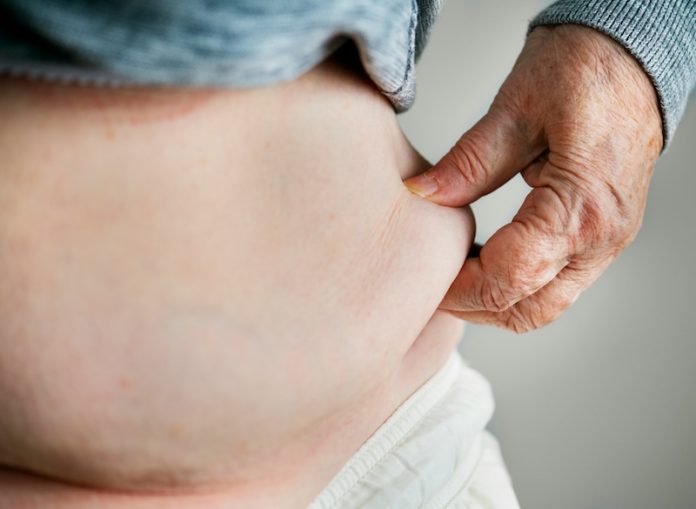
Fatty liver is a condition where extra fat builds up in the liver. At first, it may not seem like a big deal because many people with fatty liver feel completely fine and don’t notice any symptoms.
But research shows that if fatty liver is left untreated, it can turn into something much more serious over time. That’s why it’s important to understand the risks and what could happen if the condition is ignored.
There are two main types of fatty liver: one linked to alcohol, called alcoholic fatty liver disease, and one that’s not related to alcohol, called non-alcoholic fatty liver disease (NAFLD). NAFLD is now the most common liver condition worldwide, affecting about 1 in 4 people. It’s closely tied to being overweight, having type 2 diabetes, or having high cholesterol.
While the early stage of fatty liver (called simple steatosis) may not cause harm right away, studies show that about 20% to 30% of people with fatty liver will go on to develop a more dangerous condition called non-alcoholic steatohepatitis (NASH).
NASH means the liver is not only storing fat but also becoming inflamed and starting to scar. This is where the real danger begins. According to a study published in Hepatology, people with NASH are at a higher risk of developing liver fibrosis, which is when the liver starts to harden due to scarring.
Over time, this can lead to cirrhosis, where the liver is so damaged that it can no longer work properly. Cirrhosis can cause serious health problems like liver failure, internal bleeding, and even liver cancer.
Another study in the Journal of the American Medical Association (JAMA) showed that fatty liver, especially when it progresses to NASH, increases the risk of death from heart disease, which is the leading cause of death in people with this condition. This shows that fatty liver is not just a liver issue—it’s a full-body health concern.
Even more concerning, fatty liver often develops silently. Many people don’t know they have it until it’s already advanced. That’s why routine checkups and blood tests are important if you have risk factors like obesity, high blood sugar, or a family history of liver disease.
Ultrasound or MRI scans can also help doctors see fat in the liver early on, giving people a chance to take action before it becomes serious.
The good news is that fatty liver is often reversible in its early stages. Research has shown that losing just 5% to 10% of body weight can significantly reduce liver fat and even improve liver inflammation and fibrosis.
A healthy diet, regular exercise, and avoiding alcohol are some of the best ways to protect the liver. In some cases, doctors may also prescribe medication if the liver shows signs of inflammation or scarring.
In short, fatty liver might seem harmless at first, but ignoring it can lead to life-threatening problems like cirrhosis, liver cancer, and heart disease. The earlier it’s found, the better the chances of stopping or reversing the damage.
That’s why it’s so important to take fatty liver seriously, even if you feel fine. Taking care of your liver now can protect your health for many years to come.
If you care about liver health, please read studies that refined fiber is link to liver cancer, and the best and worst foods for liver health.
For more health information, please see recent studies about how to boost your liver naturally, and simple ways to detox your liver.
Copyright © 2025 Knowridge Science Report. All rights reserved.



